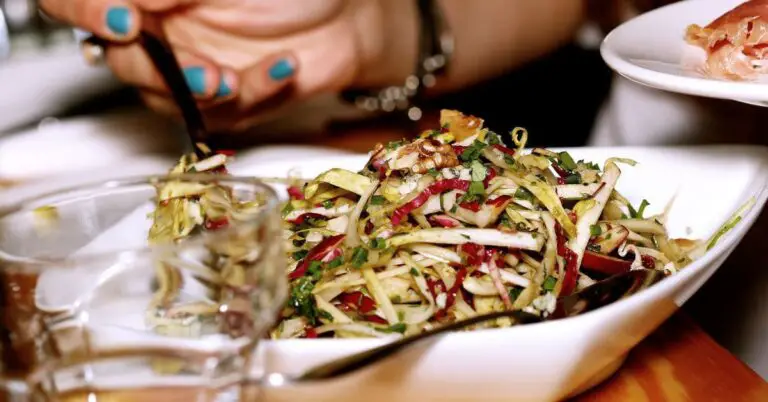Ah, Italian childhood—the time when the biggest betrayal wasn’t a friend stealing your crayons, but finding out that the secret agent in your scrumptious dessert was none other than pork fat! Lard in my sweets? I thought it was only for spicing up the boring adult world of savory dishes.
- Lard in Italian Desserts: Lard, or Strutto, is a traditional ingredient in Italian desserts, known for enhancing texture and flavor.
- Benefits: It has a higher smoke point than butter and adds a subtle pork flavor, ideal for pastries like crostata and sfogliatelle.
- Strutto: Preferred for its high quality and neutral flavor, it’s made from pig fat and used in various sweets.
Now I understand perfectly why lard is often a fundamental ingredient in the preparation of certain traditional Italian desserts, which are often also the tastiest!
Lard (or Strutto) is a type of fat that is obtained from the fats found in the subcutaneous and visceral adipose tissue of the pig and is commonly used in cooking and baking traditional Italian desserts and treats like these. Many desserts are made with Strutto since it gives them crispiness, fragrance, and flavor.
As you can read in this post at the link, Lard and Strutto are used less and less in modern Italian cuisine, but it’s undeniable that they are still highly recommended for some recipes.
Examples of Traditional Italian Desserts Cooked with Lard
In Italy, lard has been used in traditional desserts for centuries. Here are some examples of Italian sweets that are prepared using lard:
1. Sfogliatella Napoletana
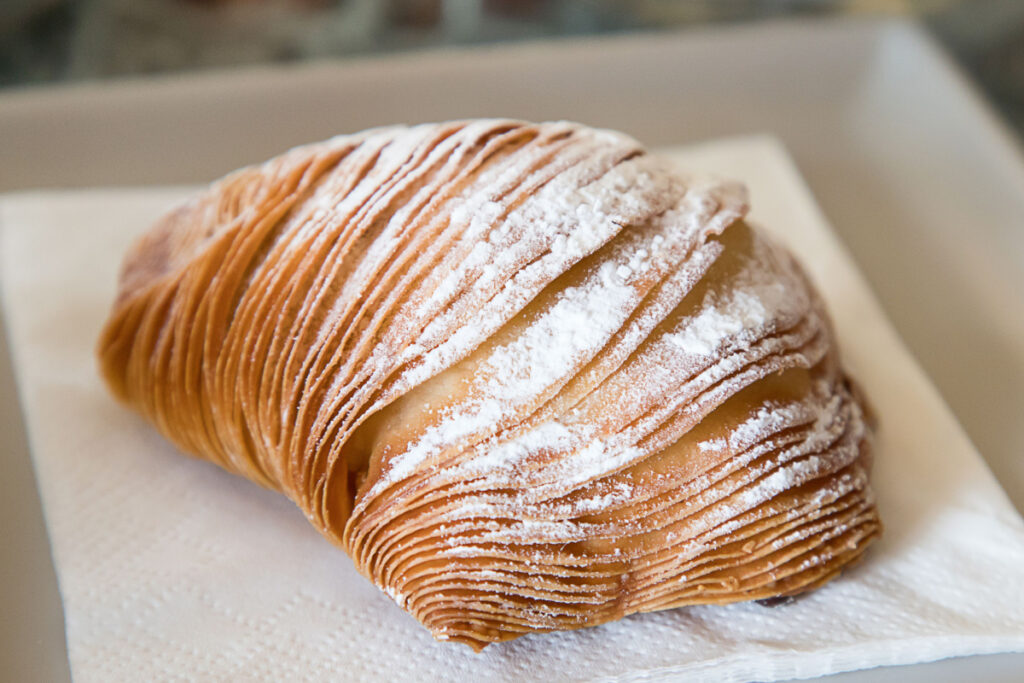
Sfogliatella Napoletana is a traditional pastry originating from the Campania region, particularly Naples. The pastry is known for its many layers, which resemble the leaves of a lobster tail or a folded fan. The dough is rolled out very thinly, layered with pig fat, and then folded and rolled repeatedly to create its characteristic flaky layers.
2. Crostata di Ricotta
Crostata di Ricotta is a classic Italian dessert that is made with a shortcrust pastry shell filled with ricotta cheese, sugar, and lemon zest. The shortcrust pastry is made with lard, which gives it a rich and flaky texture.
3. Struffoli
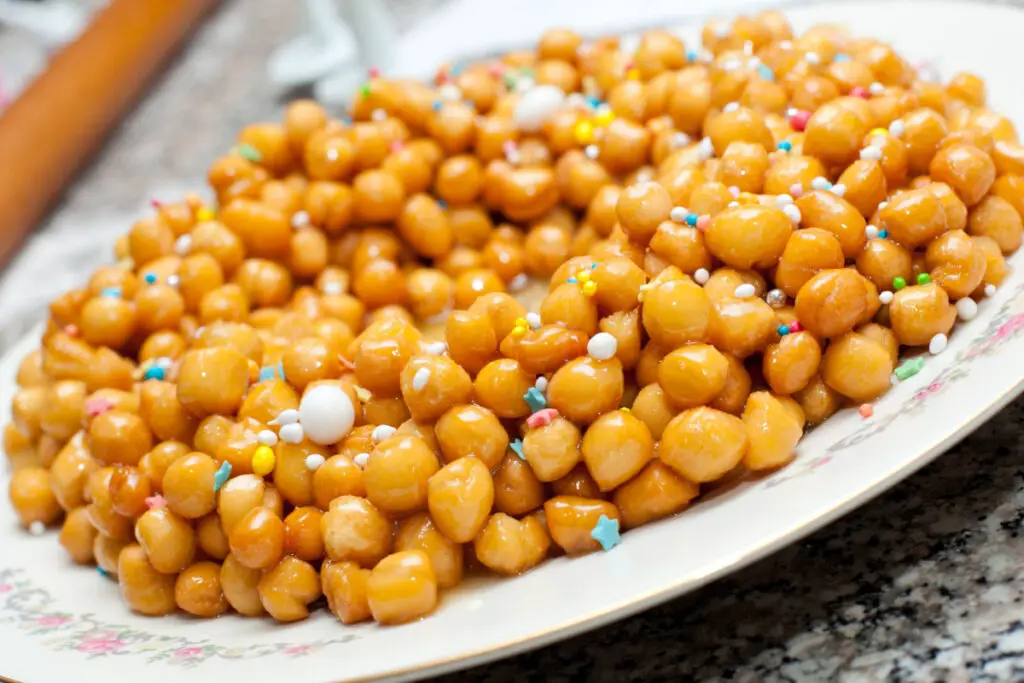
Struffoli is a popular Neapolitan dessert that is made with small, deep-fried dough balls that are coated in honey and sprinkles. The dough is made with lard, which gives it a light and crispy texture.
4. Ciambellone
Ciambellone is a simple Italian cake that is similar to a pound cake. It is made with flour, sugar, eggs, and lard, which gives it a moist and tender crumb.
5. Frittelle di Riso
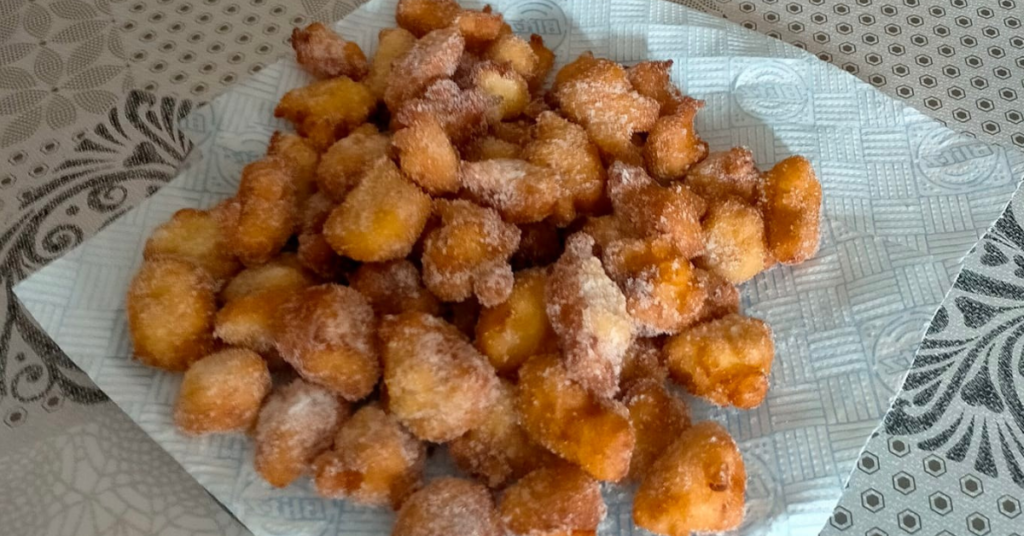
Frittelle di Riso are Italian rice fritters that are traditionally fried in strutto and eaten during Carnevale. The fritters are made with cooked rice, flour, sugar, eggs, and lard, which gives them a crispy exterior and a soft, chewy interior.
6. Torta della Nonna
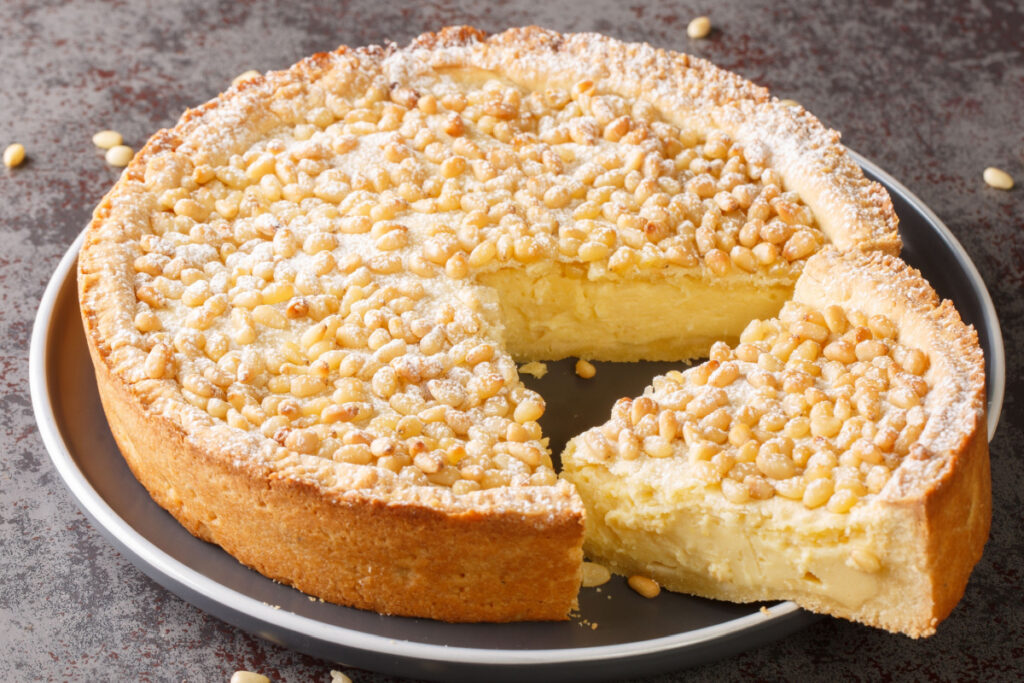
Torta della Nonna is a classic Tuscan dessert that is made with a shortcrust pastry shell filled with pastry cream and topped with pine nuts and powdered sugar. The shortcrust pastry is made with lard (strutto), which gives it a delicate and crumbly texture.
Overall, pig’s fat is still used in many traditional Italian desserts, and it adds a unique flavor and texture to these sweet treats.
Why Lard is still Used in Italian Desserts?
Lard has been used in Italian cooking for centuries, and it is often used in place of butter or other types of fats.
One reason for this is that lard has a higher smoke point than butter, which means it can be heated to higher temperatures without burning. This makes it ideal for frying and baking treats. Additionally, lard has a neutral flavor, which means it won’t overpower the other ingredients in a recipe.
As an Italian, I have always been curious about why lard is used in Italian desserts. After conducting some research, I have found some reasons why lard is a popular ingredient in Italian sweets.
Lard gives better texture to desserts
Lard is a solid fat that has a low melting point, which means that it can be easily incorporated into doughs and batters. When the lard is used in desserts, it creates a tender and flaky texture, which is especially important in pastries such as crostata and sfogliatelle.
Lard adds flavor to desserts
While lard doesn’t have a strong taste, it does have a subtle pork flavor that can enhance the flavor of desserts. This is particularly true in desserts that have a nutty or fruity flavor, such as crostata and frittelle.
Lard is a traditional ingredient in Italy
Many Italian desserts have been made with lard for centuries, and using it is a way to honor the heritage and culture of Italian cuisine. In fact, some Italian regions have protected lard as a traditional ingredient, which is used in Tuscan desserts.
What Type of Lard is Used in Desserts
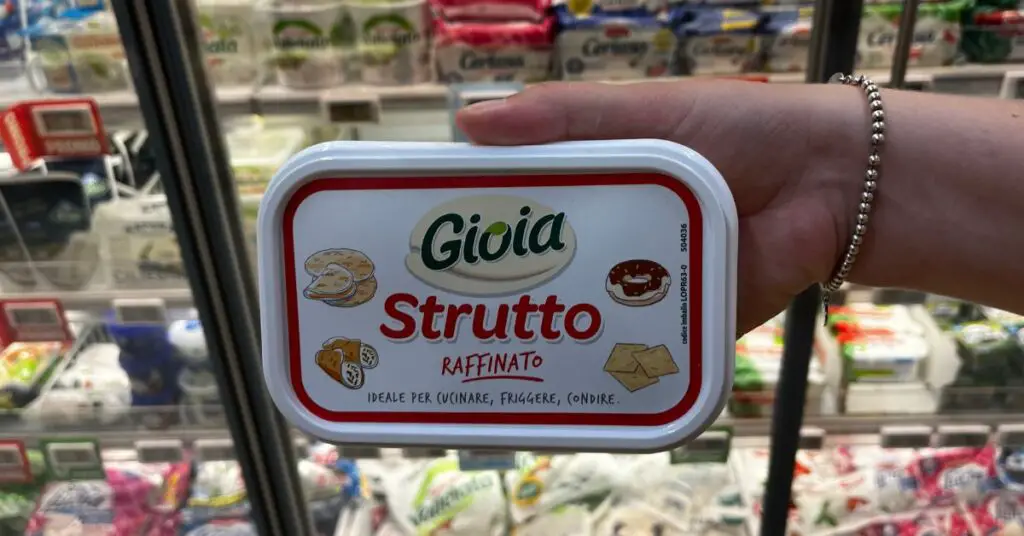
When it comes to using lard in desserts, it’s important to understand that not all lard is created equal. In Italy, the most commonly used type of lard for making sweets is strutto, which is rendered from the fat of pigs.
Strutto is a high-quality lard that has a clean, neutral flavor and a smooth texture. It’s often used in place of butter or other fats in recipes for cakes, cookies, and pastries.
As I said is obtained from pig fat, primarily sourced from the adipose tissue found just under the skin and around the visceral organs of the pig. The collected fat is then cut into smaller pieces, these pieces are slowly melted over low heat to separate the fat from any meat or connective tissue. The melted fat is then filtered to remove impurities, resulting in a clear, pure form of lard known as strutto.
Overall, the type of lard used in Italian desserts plays an important role in the flavor and texture of the final product. By using high-quality strutto, bakers can achieve the desired results and create delicious, traditional sweets that are loved by people all over the world.
Frequently Asked Questions
What is the role of lard in Italian pastry?
Lard has been a traditional ingredient in Italian pastry for centuries. It is used as a fat source in many sweet and savory dishes, including cakes, cookies, and pastries. Lard is known for its ability to create a flaky and tender texture in baked goods.
Are there any alternatives to lard in Italian pastry?
Yes, there are many alternatives to lard in Italian pastry. Some popular substitutes include butter, olive oil, and vegetable shortening. Each of these alternatives can affect the texture and flavor of the final product, so it is important to choose the right substitute based on the recipe.
How does lard affect the texture of Italian sweets?
Lard is known for its ability to create a flaky and tender texture in baked goods. It is also able to withstand high temperatures, making it ideal for frying and baking. When used in moderation, lard can enhance the flavor and texture of Italian sweets.
Is lard still commonly used in Italian pastry today?
While lard is still used in some traditional Italian recipes, it is not as common as it once was. Many modern Italian pastry chefs prefer to use alternative fats such as butter or vegetable shortening. However, lard is still considered an important ingredient in some regional Italian cuisines.





